Native Sarsaparilla is a common prostate or twining vine much loved for its purple pea flowers that bloom in winter and spring. It is an ideal ground cover for a sunny area of about one to two metres per plant.
Alternatively use it as a climber on a vertical landscaping feature such as a wire trellis. Native Sarsparilla will climb on other bushes but being a weak climber it is unlikely to do any damage. Plant it next to a yellow wattle that flowers at the same time for a complimentary colour scheme.
A versatile, hardy plant, that grows fast in well-drained acidic soils, and is moderately drought tolerant. It attracts birds, the Common Grass-Blue Butterfly, and grows from cuttings from current season’s growth. Well worth finding a corner in your garden to plant this one.
The purple pea flower and long dark leaves of Native Sasparilla team well with clumps of Yellow Buttons (Chrysocephalum apiculatum) that have a blue grey small soft leaf.
False Sasparilla is a weak climber that will not damage this Acacia longissima which allows it to go vertical.
 Did you know? The leaves of the Native Sasparilla stand upright to reduce water evaporation on hot days.
Did you know? The leaves of the Native Sasparilla stand upright to reduce water evaporation on hot days.
This article is part of our Gardening with natives series.

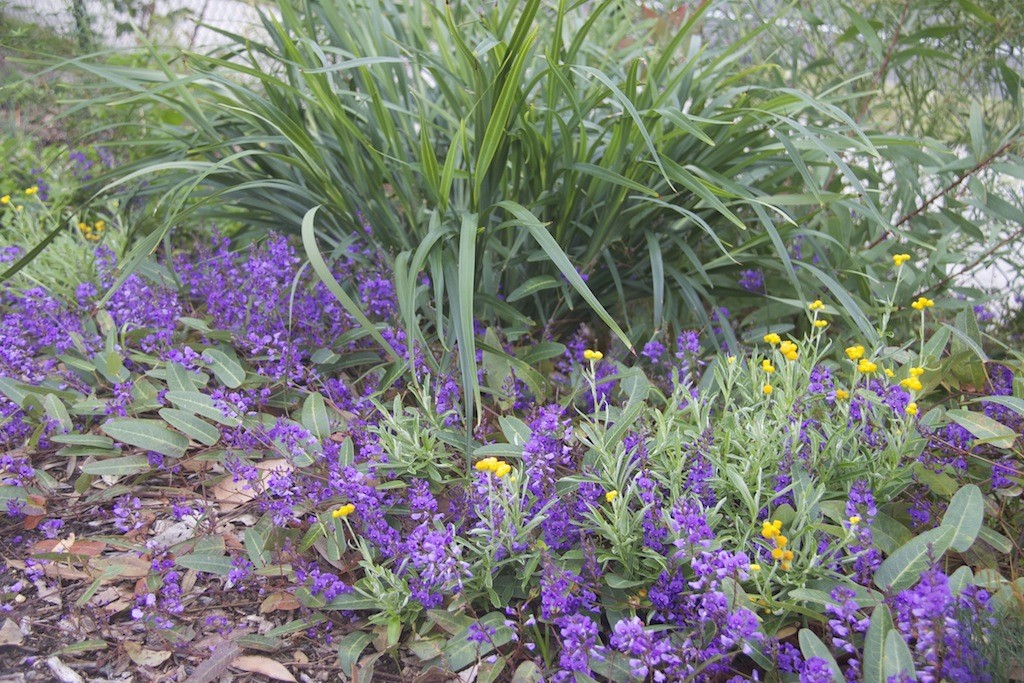
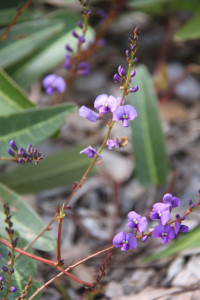
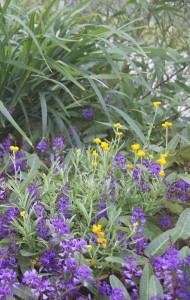
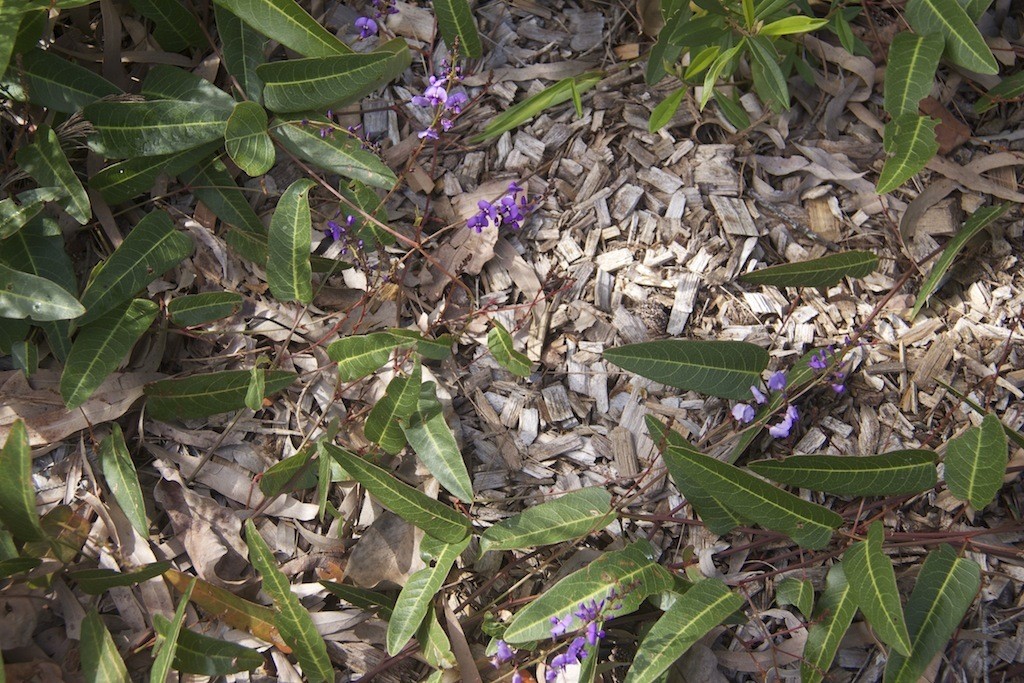
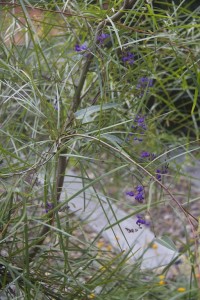

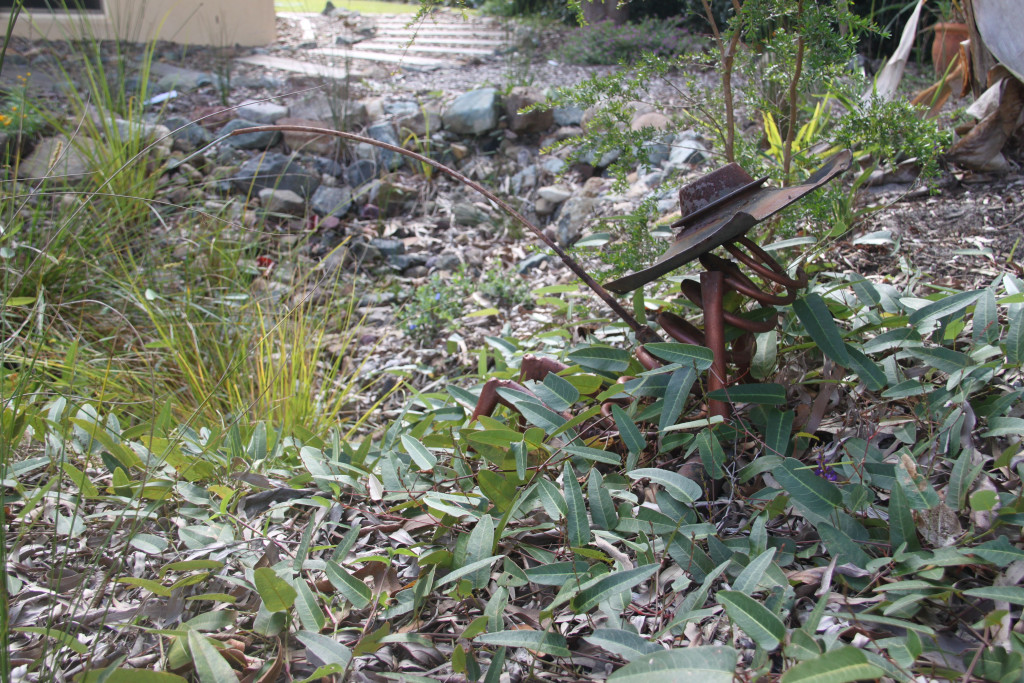
Would like to obtain native sarsaparilla plants could u advise thankyou
Hi Jen,
I am not sure where you live but if you are on the Sunshine Coast, Coolum Community Native Nursery usually have tubestock. Check the stock list on their website for availability. Noosa and District Landcare Nursery at Pomona also have it, but like Coolum, cultivate it from locally collected seed so availability is dependent on how much seed they have. Native Sasparilla grows in many areas in Australia and has been cultivated by the nursery industry so it is worth enquiring at your local nursery too.
Best wishes,
Judy
Hello, just wondering if the vine is safe for horses to eat? In the current drought stock are eating anything green 😆
Any guidance is appreciated.
Unfortunately I don’t know of any publication that deals with the toxicology of Native sasparilla for livestock. Perhaps the Department of Agriculture and Water Resources may be able to help, or even a vet that works with horses may know.